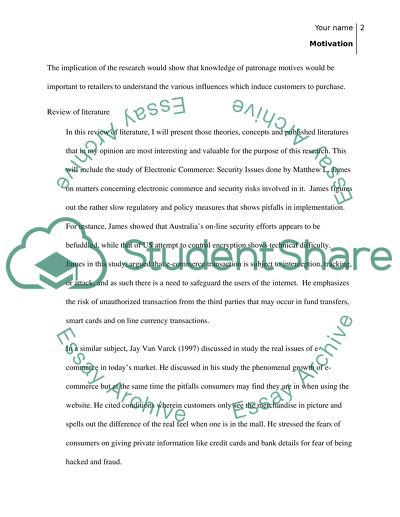Cite this document
(“ONLINE SHOPPING : (what motivates consumers to buy online) Essay”, n.d.)
Retrieved from https://studentshare.org/literature/1427983-online-shopping-what-motivates-consumers-to-buy
Retrieved from https://studentshare.org/literature/1427983-online-shopping-what-motivates-consumers-to-buy
(ONLINE SHOPPING : (what Motivates Consumers to Buy Online) Essay)
https://studentshare.org/literature/1427983-online-shopping-what-motivates-consumers-to-buy.
https://studentshare.org/literature/1427983-online-shopping-what-motivates-consumers-to-buy.
“ONLINE SHOPPING : (what Motivates Consumers to Buy Online) Essay”, n.d. https://studentshare.org/literature/1427983-online-shopping-what-motivates-consumers-to-buy.


